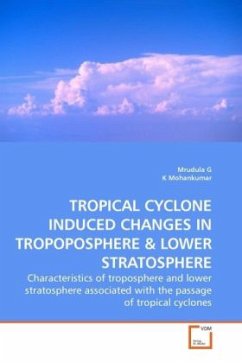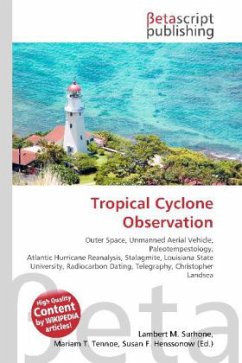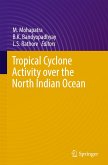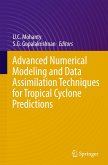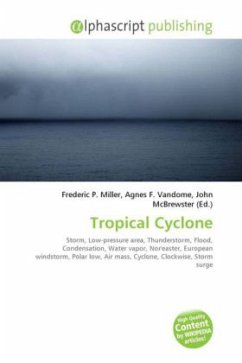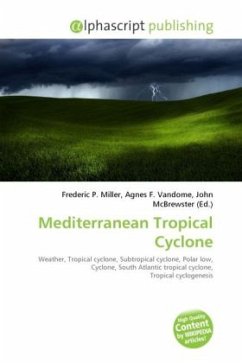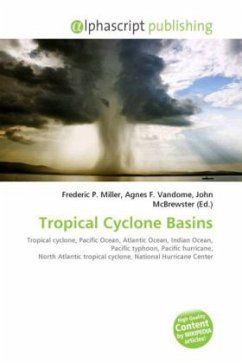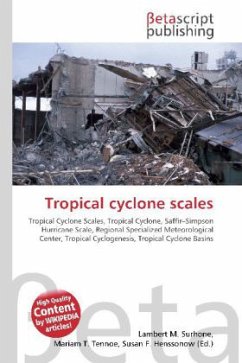The characteristics of the troposphere and lower stratosphere during the passage of tropical cyclones have been studied in detail using the Indian MST radar located at Gadanki (13.5 N, 79.2 E), India. The winds in the troposphere and lower stratosphere are greatly affected by the passage of cyclones. Lower and middle tropospheric winds showed signs of reversal, while strengthening of winds are noted in the upper troposphere and lower stratosphere during the passage of cyclones. The vertical wind showed marked variations only when the cyclone is closest to the station. The presence of high reflectivity layers below the tropopause suggests the passage of severe weather systems. Fluctuations in tropopause height are noted, the fluctuations being more prominent when the cyclones are nearer to the radar site. Short period gravity waves having periodicities between 20 and 30 minutes are seen generated during the passage of tropical cyclones. During the passage of the storm, upward propagation of gravity waves are noted from the middle troposphere to lower stratosphere, suggesting that the source region is in the lower troposphere.
